Picolit
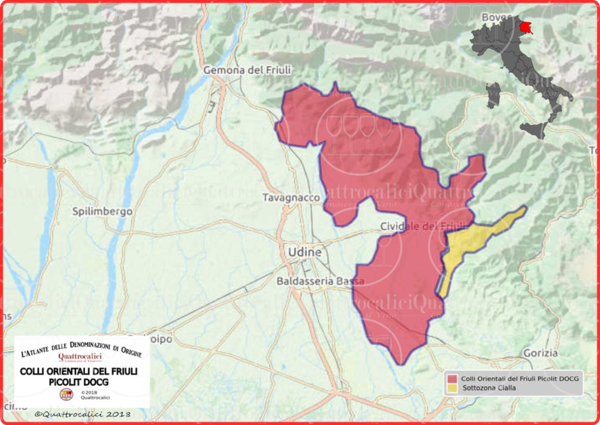
[아츠앤컬쳐] 이탈리아 북동부에 자리 잡은 프리울리-베네치아 줄리아는 역사적으로 특히 부유한 지역이다. 이 지역은 다양한 문화를 가진 사람들의 중요한 교차로였으며 비잔틴 제국에서 베네치아 공화국까지 각종 물품의 운송 지역이었다. 프리울리-베네치아 줄리아는 최근 1866년 이탈리아 왕국의 일부가 되기 전까지 오스트리아-헝가리 제국의 전략적 항구 도시였다.
이 지역의 이름인 줄리아는 율리우스 카이사르를 지칭하고, 프리울리도 로마에서 유래한 것으로, 기원전 1세기에 율리우스 카이사르가 직접 설립한 포럼 율리(현재 치비달레 델 프리울리)에서 유래한다.

프리울리-베네치아 줄리아는 북쪽으로 알프스 산맥과 접해 오스트리아와 국경을 접하고 있으며, 동쪽으로는 슬로베니아와 국경을 접하고 있다. 북부 지역은 산악 지대여서 대부분의 포도원은 아드리아해에 둘러싸인 남부 지역에 자리한다. 면적이 7,800㎢에 불과한 작은 규모에도 불구하고 프리울리-베네치아 줄리아는 국제적 품종과 토종 품종을 모두 다양하게 재배하고 있는데, 후자 중 하나인 피콜리트에 집중해 본다.

피콜리트는 매우 오래된 포도나무로, 로마 시대에 야생 포도나무에서 자라고 있었을 가능성도 있지만 그 기원은 오늘날까지도 알려지지 않고 있다.
그 후 수세기 동안 이 포도나무는 잊혀진 듯했지만, 17세기에 이탈리아 백작 파비오 아스퀴니 디 파가냐가 유럽 전역의 왕실에 이 포도 품종을 알렸다. 곧 교황, 프랑스 국왕, 합스부르크의 오스트리아 황제는 피콜리트를 헝가리 토카이 어수에 대한 대안으로 여겼고, 심지어 이탈리아 극작가 카를로 골도니조차도 피콜리트를 “프리울리의 가장 훌륭한 와인 보석”으로 여겼다.

프리울리어로 “피콜리트”는 이탈리아어 “piccolo”로 “작다”는 뜻이다. 이 포도나무의 작은 포도 크기와 제한된 수량을 의미할 것이다. 이는 유전적 돌연변이로 인해 송이의 꽃이 포도가 되기 전에 자발적으로 떨어지기 때문이다. 그러나 남은 몇 개의 포도는 매우 달콤하고 향기로워서 이 와인에 독특한 특징이 된다.
피콜리트는 우디네와 고리치아 주변의 프리울리아 와인 지역인 콜리오 고리치아노와 콜리 오리엔탈리 델 프리울리에서 재배한 반건조 또는 늦게 수확한 동명의 백포도로 만들어진다.
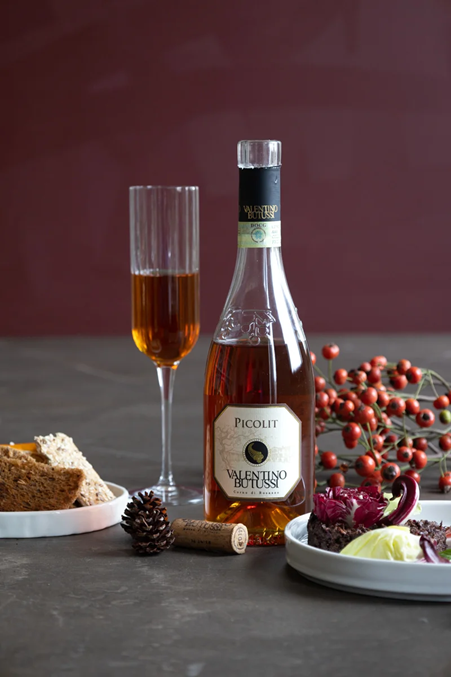
황금빛 노란색을 띤 달콤한 화이트와인으로 숙성 시 진한 노란색과 호박색 뉘앙스를 풍긴다. 강렬한 향은 야생화, 복숭아, 잘 익은 살구, 아카시아꿀의 힌트가 있는 과일향과 꽃 향이다. 부케는 충분히 격조 있게 지속되며, 강하고 쓴맛 뒤의 아카시아꿀의 연한 단맛이 부드럽게 느껴진다.
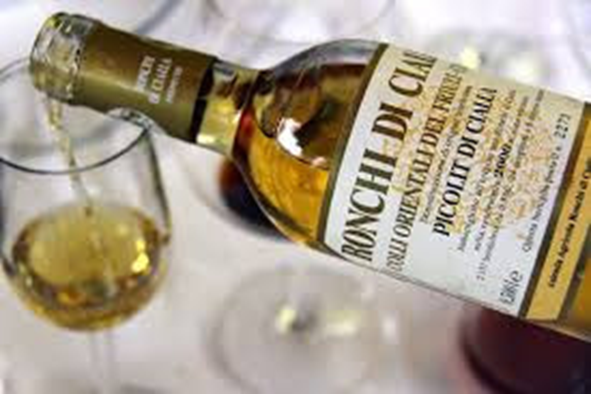
Picolit
Nestled in the northeastern part of Italy, Friuli-Venezia Giulia is particularly rich from a historical point of view since this region has been an important crossroads of peoples with different cultures and a transit area for various goods from the Byzantine Empire to the Republic of Venice. More recently, Friuli-Venezia Giulia was a strategic port province of the Austro-Hungarian Empire before it became part of the Kingdom of Italy in 1866.
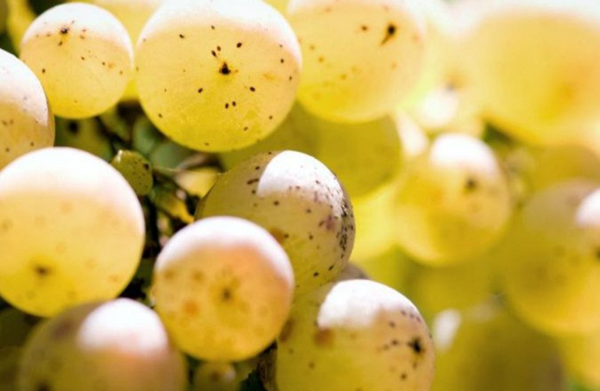
As for the region’s name, Giulia refers to Julius Caesar while the name Friuli is also of Roman origin, deriving from the town of Forum Julii, now Cividale del Friuli, founded by Julius Caesar himself in the 1st century BC.
Friuli-Venezia Giulia is bordered by the Alps to the north dividing it from Austria, while Slovenia borders its eastern part. The northern areas are quite mountainous with the result that most of the vineyards are in the southern half of the region, bathed by Adriatic Sea.
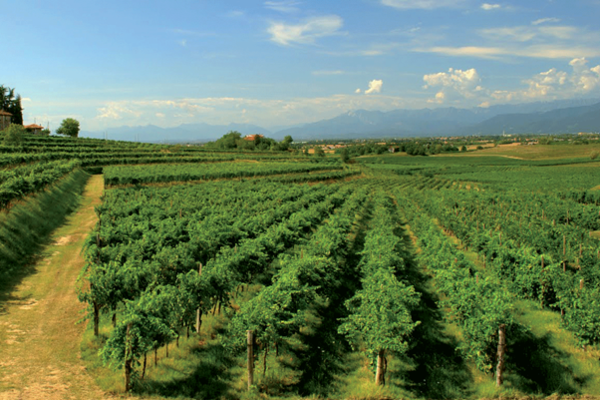
Despite its small size, just about 7.800 square kilometers, Friuli-Venezia Giulia is home to numerous grape varieties both international and native ones and we will focus on one of the latter: Picolit.
Picolit is a very ancient vine, and its origins remain unknown to this day even though it seems that it was already known in Roman times, when it may have developed from a wild vine.
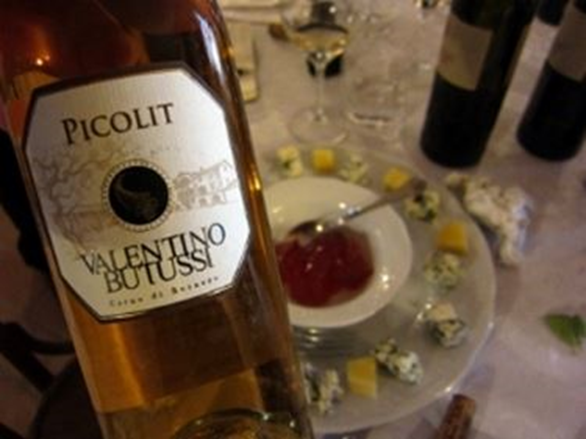
Then, for centuries this vine seemed to have fallen into oblivion when in the 17th century the Italian count Fabio Asquini di Fagagna made it known in the royal courts throughout Europe. Soon the popes, the kings of France and the Austrian emperors of Habsburg appreciated Picolit as an alternative to the Hungarian Tokaji Aszú and even the Italian playwright Carlo Goldoni considered it “the most splendid wine gem of Friuli”.
The name Picolit in Friulian language (“piccolo” in Italian meaning “little”) probably refers to the small size of the grapes and the limited quantity of bunches of this vine due to a genetic mutation that causes a spontaneous abortion of many of the flowers of its bunches before they can become grapes. The few grapes left, however, are very sweet and aromatic, giving this wine its peculiar characteristics.
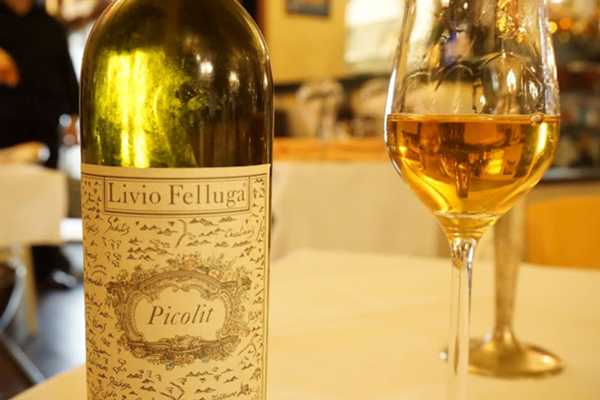
Picolit is made from the semi-dried or late-harvesting homonymous white grapes grown in the two Friulian wine districts of Collio Goriziano and Colli Orientali del Friuli, around the cities of Udine and Gorizia.
It is a sweet white wine with a golden yellow color tending to a darker yellow and amber nuances when aging. The intense aroma features fruity and floral notes of wildflowers, peaches, ripe apricots and hints of acacia honey. The bouquet is broad, elegant, persistent and the light sweetness of acacia honey is softened by a strong bitterish aftertaste.

글 | 에밀리아노 펜니지 Emiliano Pennisi
Lecture of the Italian Cultural Institute in Seoul, Sogang University lecturer of Italian language
Wine scholar and expert
He attended sommellier courses in Italy

